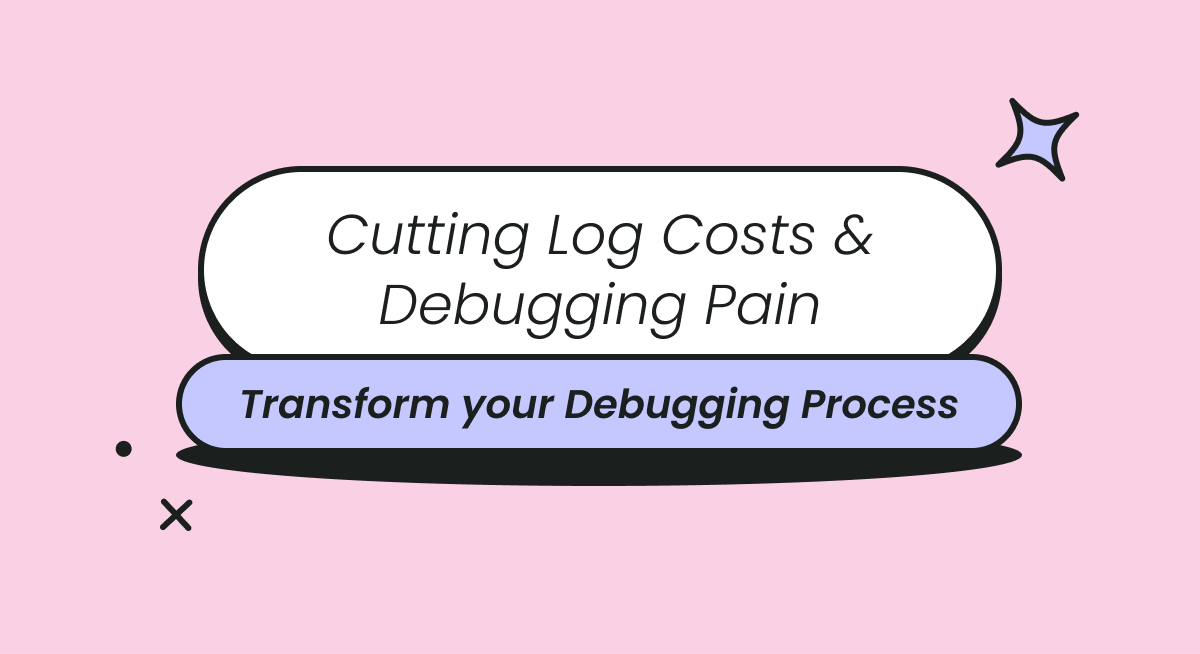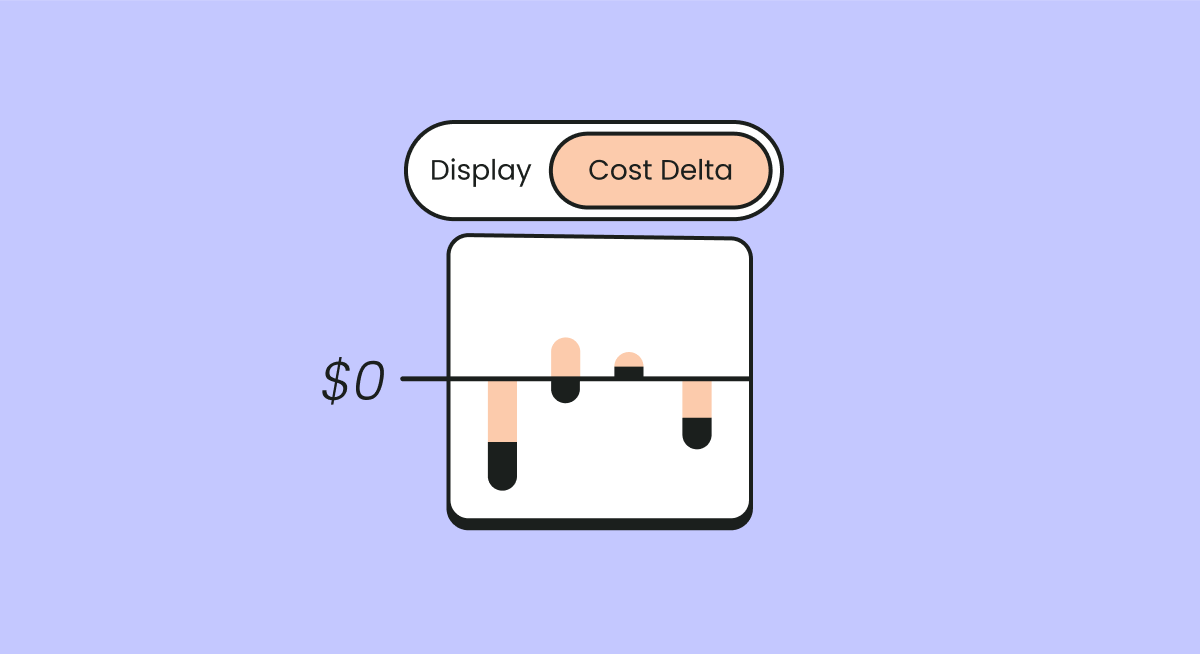
In the rapidly evolving world of technology, AWS Generative AI is leading the charge, offering a suite of services designed to revolutionize how we approach artificial intelligence (AI) and machine learning (ML). These innovative tools and environments are crafted to assist in developing, training, and deploying AI models, including the increasingly crucial Large Language Models (LLMs).
What Are AWS Generative AI Services and How to Deploy Them
- Amazon SageMaker: A Gateway to Machine Learning
Amazon SageMaker is a fully managed service that empowers developers and data scientists. It simplifies the complex process of building, training, and deploying machine learning models. SageMaker is versatile, covering a wide array of ML workflows such as data preparation, feature engineering, model training, tuning, and deployment at scale, making it a cornerstone of AWS Generative AI offerings.
How to deploy: To deploy a model with Amazon SageMaker, start by creating or choosing a pre-trained model. Then, use the SageMaker console to create a model by specifying the Docker container image for the algorithm, the model artifacts, and the appropriate IAM role. Next, configure a deployment option, such as a real-time endpoint or batch transform job, by defining the instance type and count. Finally, deploy the model to the configured endpoint. You can now send data to this endpoint to receive inferences.
- Amazon Comprehend: Insightful Text Analysis
Amazon Comprehend utilizes machine learning to provide deep insights and uncover relationships within the text. This natural language processing (NLP) service is perfect for tasks like sentiment analysis and entity recognition, offering a deeper understanding of textual content.
How to deploy: Deploying Amazon Comprehend for text analysis begins by accessing the Comprehend service in the AWS Management Console. Select the type of analysis you need (e.g., sentiment analysis, entity recognition) and input the text or documents to be analyzed. For larger datasets or continuous analysis, you can also integrate Comprehend with other AWS services, such as S3 for document storage, by specifying the S3 bucket and IAM role permissions. The service processes your input and returns the analysis results. - Amazon Lex: Conversational Interfaces Made Easy
With Amazon Lex, creating conversational interfaces becomes a breeze. Powering the likes of Amazon Alexa, Lex blends automatic speech recognition (ASR) and natural language understanding (NLU) to craft intuitive voice and text interactions, a testament to the capabilities of AWS Generative AI.
How to deploy: To deploy a conversational interface with Amazon Lex, start by creating a bot in the Lex console. Define the bot’s intent and utterances that trigger it, and configure the dialogue management. Then, test the bot in the Lex console to refine its responses. Once satisfied, publish the bot and create an alias for the version. You can integrate your bot into applications via the AWS SDK or supported messaging platforms by using the provided APIs and the alias you created.
- Amazon Rekognition: Visual Recognition at Its Finest
Amazon Rekognition transforms image and video analysis by identifying objects, people, scenes, and activities and screening for inappropriate content. This service exemplifies the visual capabilities of AWS's AI offerings.
How to deploy: Deploying Amazon Rekognition for image or video analysis involves calling the Rekognition API with specific service actions (e.g., DetectLabels for object detection) from the AWS SDK in your preferred programming language. First, store your images or videos on Amazon S3. Then, specify the S3 bucket and object key in your API call, along with any other parameters required by the service action. Rekognition processes the file and returns the analysis results. - Amazon Forecast: Predictive Accuracy Unleashed
Amazon Forecast makes predictive modeling accessible. This service leverages machine learning to produce accurate forecasts, eliminating the extensive need for ML expertise and showcasing the predictive power of AWS Generative AI.
How to deploy: To deploy Amazon Forecast, begin by importing your time-series dataset into the service through the AWS Management Console or SDK. Define your dataset group and related datasets (target time series, related time series, item metadata), then train a predictor by selecting an algorithm or using AutoML to let Forecast choose the best one. After the predictor is trained, deploy it by creating a forecast. Query the forecast to retrieve the predicted values for your desired time points.
- Amazon Personalize: Tailored Recommendations
Amazon Personalize brings the power of Amazon's recommendation algorithms to your applications, offering real-time personalization. This service is a prime example of how AWS Generative AI can be applied to enhance user experiences.
How to deploy: Deploying Amazon Personalize starts with creating a dataset group and importing your interaction, item, and user datasets. Once your data is imported, choose a recipe (algorithm) or use AutoML for recipe selection. Train a solution with the selected recipe, which creates a model based on your data. After training, create a campaign by deploying the solution version. Your application can now make real-time recommendations by querying the campaign endpoint.
- Amazon Textract: Beyond OCR
Amazon Textract goes beyond traditional optical character recognition (OCR) by automatically extracting text and data from scanned documents. It can identify form fields and table information, showcasing the detailed analytical capabilities of AWS Generative AI.
How to deploy: To deploy Amazon Textract for document analysis, simply call the Textract API operations (e.g., AnalyzeDocument, DetectDocumentText) using the AWS SDK. Provide an image or PDF file stored in S3 or directly as a byte array. Textract analyzes the document and returns structured data such as text, form data, and table data. For batch processing, use the asynchronous operations that can process documents stored in an S3 bucket.
-
Amazon Translate: Breaking Language Barriers
Language translation is redefined with Amazon Translate, a neural machine translation service that promises fast, high-quality, and affordable translations, further extending the global reach of AWS Generative AI.
How to deploy: Deploying Amazon Translate involves calling the Translate API via the AWS SDK or the AWS Management Console. Provide the source text, source language code, and target language code. Amazon Translate supports real-time and batch translation; for batch jobs, you'll need to store your source texts in an S3 bucket and specify the input and output S3 paths along with the job settings in your API call. The service then translates the text and returns the result directly or stores the translated texts in the specified S3 bucket for batch jobs.
- AWS DeepLens: Hands-On Learning with Computer Vision
AWS DeepLens, a fully programmable video camera, is designed to expand deep learning skills through practical computer vision projects. It demonstrates AWS's commitment to educational tools in AI.
How to deploy: To deploy a project with AWS DeepLens, first develop your model using Amazon SageMaker or import a pre-trained model. Then, create a new project in the AWS DeepLens console, selecting either a blank project to start from scratch or a template. Add your model and create or choose functions to process the model’s output. After configuring the project’s settings, deploy it to your AWS DeepLens device by choosing the project from the device’s console and starting the deployment. Your device will now run the inference locally.
-
AWS DeepRacer: Racing Towards ML Mastery
AWS DeepRacer offers a unique and interactive way to learn reinforcement learning (RL) through autonomous 1/18th-scale race cars. This service makes learning about AI fun and practical.
How to deploy: Deploying with AWS DeepRacer involves training a model via the AWS DeepRacer console. Begin by creating a new model and selecting a track. Configure your model’s training parameters and reinforcement learning algorithm. After training, evaluate your model’s performance on different tracks. Once satisfied, you can participate in AWS DeepRacer League races or deploy the model to a physical AWS DeepRacer car for real-world racing, by downloading the model from the console and uploading it to the car via the USB interface.
-
AWS DeepComposer: Harmonizing AI and Music
AWS DeepComposer uses machine learning to augment musical compositions, allowing users to explore the creative intersection of AI and music, highlighting the versatility of AWS Generative AI.
How to deploy: To deploy with AWS DeepComposer, start by creating a composition in the AWS DeepComposer console or using the keyboard. Choose a generative AI model as the basis for your composition and input your melody. Customize the model’s parameters to influence the style and complexity of the generated composition. Once you have a composition you’re satisfied with, you can publish it directly from the DeepComposer console to SoundCloud or export it as a MIDI file for further production.
Conclusion
These services collectively offer a comprehensive and scalable platform for AI-driven applications, catering to a broad spectrum of AI and ML development needs. From vision and speech recognition to language understanding and predictive analytics, AWS Generative AI is not just about technology—it's about unlocking a world of creative and analytical possibilities.








